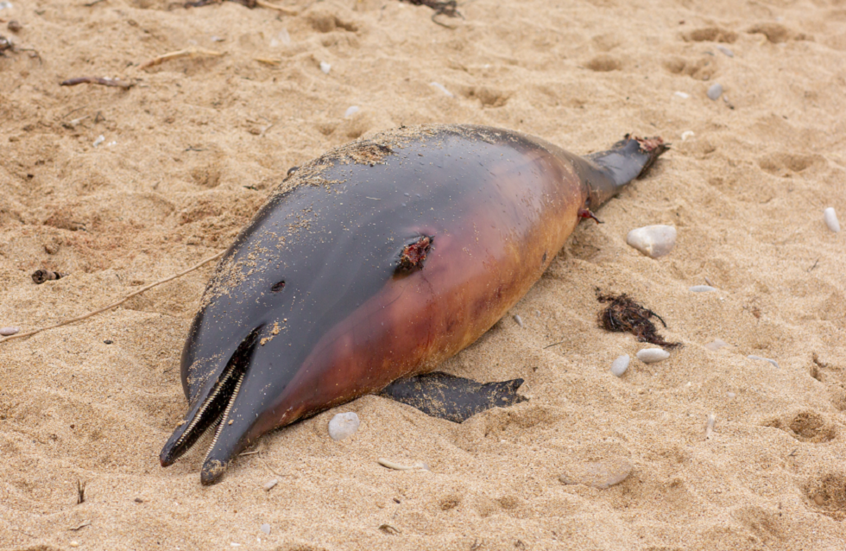Dead Dolphins in Florida Reveal Brain Abnormalities Warning Humans of Rising Environmental Danger

American scientists have issued a serious warning after discovering concerning brain abnormalities in dead dolphins found off the coast of Florida, believed to be caused by a neurotoxin produced by blue-green algae, a toxin that may have similar effects to Alzheimer's disease in humans.
Study Reveals Link Between Pollution and Neurological Disorders
A team from the University of Miami and the Hubbs-SeaWorld Research Institute began studying the causes of the deaths of 20 bottlenose dolphins in the Indian River Lagoon between 2010 and 2019.
Analyses showed that the brains of the dolphins contained elevated levels of 2,4-DAB, a neurotoxin produced by blue-green algae (cyanobacteria).
Dr. David Davis from the Miller School of Medicine at the University of Miami stated that dolphins are "precise environmental indicators" of ocean health, adding that the rise of these toxins in their bodies "sounds the alarm about the potential impact on humans".
Shocking Similarity to Alzheimer's
Examinations revealed that the brains of the affected dolphins contained accumulations of beta-amyloid protein and tau protein tangles, which are hallmarks of Alzheimer's disease, in addition to changes in over 500 genes associated with neurodegeneration in humans.
Scientists noted that dolphins that died during blooms of toxic algae contained toxins at levels 2900 times higher than those found during normal periods.
The Danger Extends to Humans
Researchers warn that toxins from blue-green algae may infiltrate the food chain through fish and seafood, making humans susceptible to long-term effects. Data from 2024 indicates that Miami-Dade County recorded the highest rate of Alzheimer's in the United States, reinforcing the hypothesis of a link between environmental pollution and neurological diseases.
How Do These Toxins Arise?
Blue-green algae thrive in warm waters rich in nitrogen and phosphorus resulting from agricultural and domestic wastewater. As temperatures rise due to climate change, these organisms multiply rapidly, releasing powerful neurotoxins like BMAA that affect the brain and nervous system.
Scientists conclude that ongoing pollution and rising sea temperatures may lead to a recurrence of such toxic phenomena at a higher rate, emphasizing that protecting marine ecosystems has become a health necessity for humans before it is an environmental one.